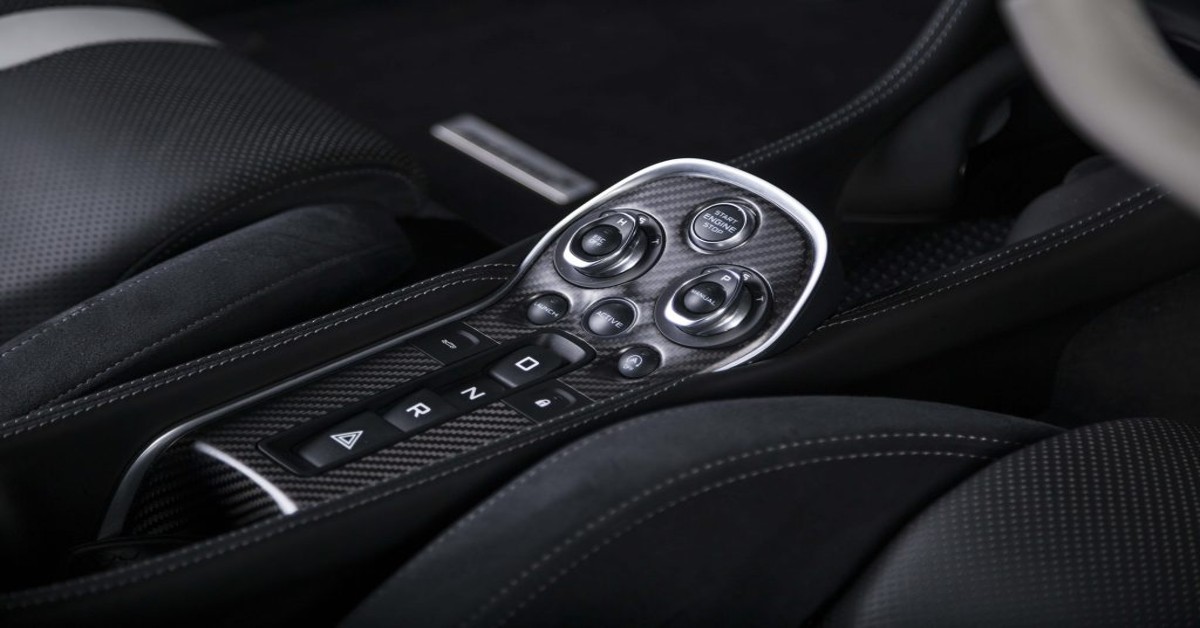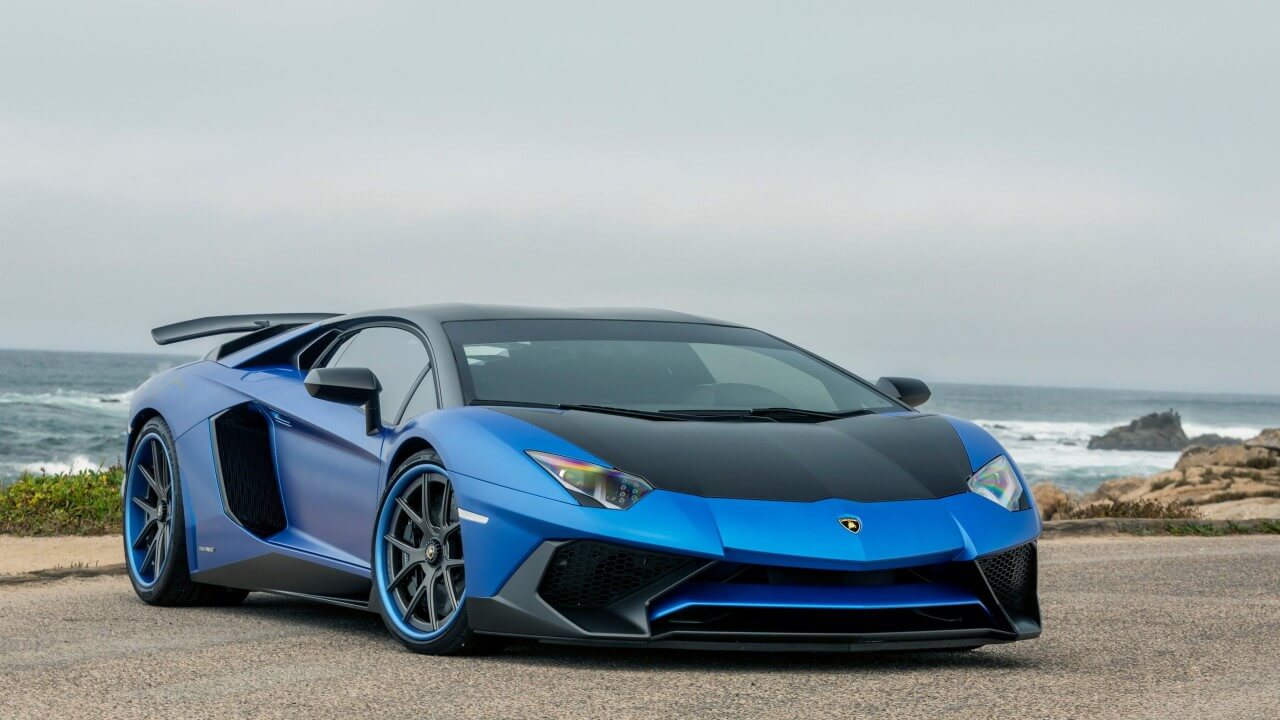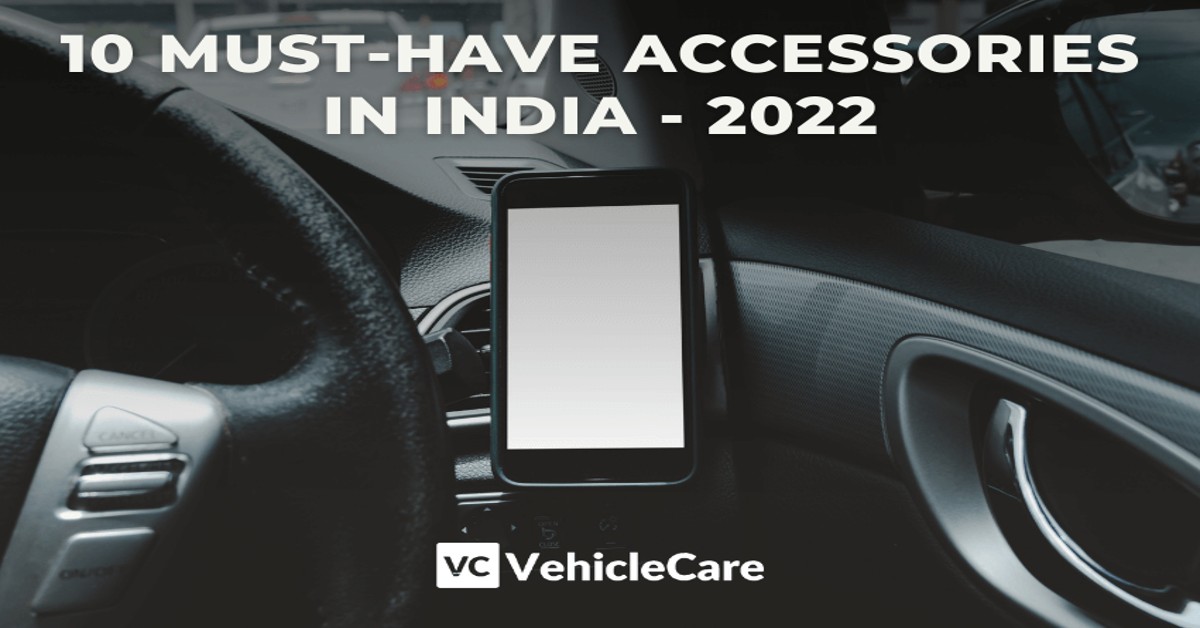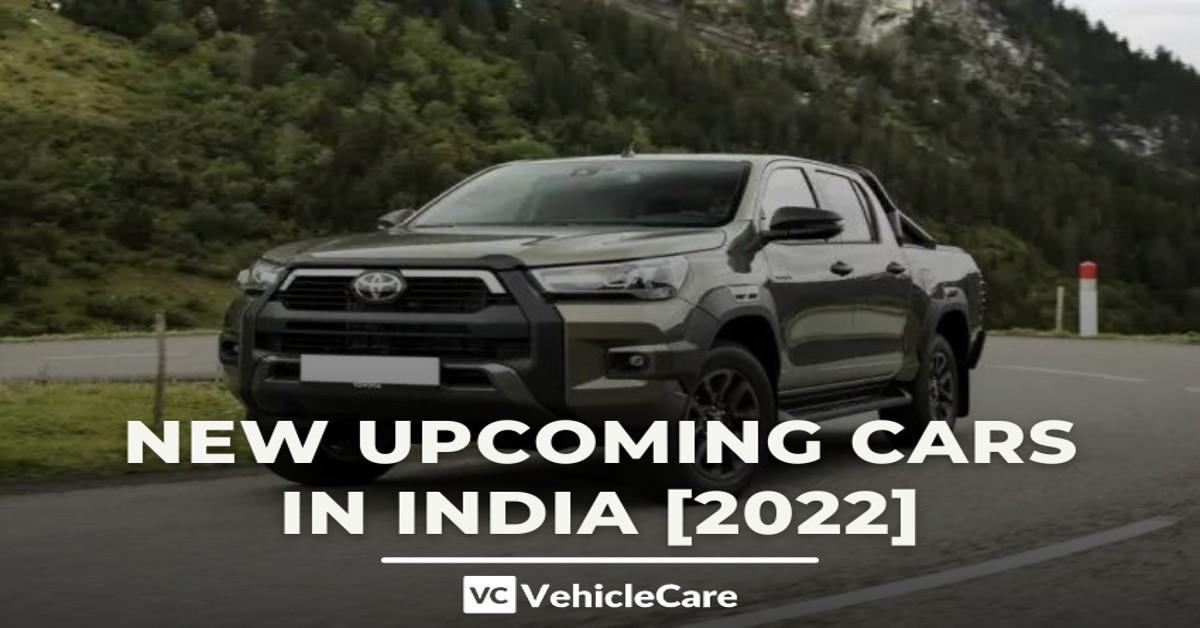Today if you decide to buy a car, there are a boatload of options to choose from. There are a variety of cars in any segment you choose but this variety is what often becomes a pain point for many new car buyers.
Any car that you might eventually have your heart set on will probably come under a few more options that you will need to make your final purchase decision.
There will be different transmission options, each more drastically different in price and with an equally confusing set of acronyms. It is something that most first-time buyers can feel overwhelmed by and might like to know more about their utility,
how they justify their price, and most importantly which is suitable for them. In this blog post, we’ll discuss the different transmission systems available in India.
Table of Contents
Manual Transmission
Let’s begin by talking about the starting point in the development of the transmission system, one that is still used in many modern cars – the good old manual transmission.
It is a simpler form of transmission by mechanism as it is quite primitive compared to modern iterations. This traditional manual transmission used a set of gear wheels that ran interlocked to produce power and torque.
The different wheels were arranged in a manner that they could be engaged and disengaged by the driver using a lever. The gear wheels had different gear teeth ratios with the first producing the least power output and the next adding more power.
To make the gear shifts smooth and less abrasive, a clutch was introduced which disengaged the engine for a brief moment to make time for gear changes.
When the driver presses the clutch, a steel disk inside the clutch is wedged between a flywheel on the engine shaft and a pressure plate on the transmission input shaft. When the driver takes the foot off, it springs and squeezes the friction disk into the space between the flywheel and the pressure plate, causing the engine shaft to turn the transmission.
Automatic transmission (AT)
The second most common type of transmission that you would find today is an automatic transmission. An automatic transmission shares many of the basic concepts with the traditional layout of transmission and works quite similarly, except here, the control for the clutch while shifting gears has been automated.
It uses a torque or fluid coupling converter with gearsets that provide the desired range of gears for the vehicle. The torque converter connects the engine to the transmission and uses pressurized fluid to transfer power to the gears.
This apparatus replaces a manual friction clutch and lets the vehicle come to a complete stop without stalling.
Automated Manual Transmission (AMT)
People sometimes use the term automatic interchangeably for any type of automatic transmission but not so commonly do people mistake other systems as they do with automatic manual transmission.
AMT is different from regular automatic transmission in that it is hydraulically or electronically controlled by an actuator, which automatically shifts the gears. It is simply a manual gearbox but the gear transitions depend on the throttle push and the speed of the vehicle.
Continuously Variable Transmission (CVT)
CVT transmission is one of the more recent iterations of automatic transmission and also one of the more contentious iterations. Opinions on CVT are quite polarized around the world as is with most new technologies but we can’t dive into who’ right and who’s not, right now.
CVT stands for continuously variable transmission whose meaning we’ll explore by understanding how it works.
In normal automatic transmission, the gear shifts occur using hydraulic fluid which sets the gear between any of the fixed number of gears or gear ratios. CVT differs from a conventional automatic in the way that it does not have fixed gears.
CVT adjusts the gear based on the variable speeds to keep the engine from stalling. It also means that when the driver requires power, the engine stays spinning at its most powerful speed and the acceleration happens by changing the CVT’s ratio.
Dual Clutch Transmission
A DCT (dual-clutch transmission) is unique. It is another time of automatic gearbox but instead of automating the task of pressing a clutch here, you get two clutches.
A DCT or a dual-clutch transmission uses the two clutch for odd and even gear ratios. The outer clutch is for the even-numbered gears, and the inner clutch is for the odd-numbered ones.
This type of transmission is quite complicated, but one of the things that make it stand out is a faster response on the gear shift. It occurs because these alternate gear ratios (odd and even) can be pre-selected while being driven in any gear, without interrupting the torque distribution to the wheels.












